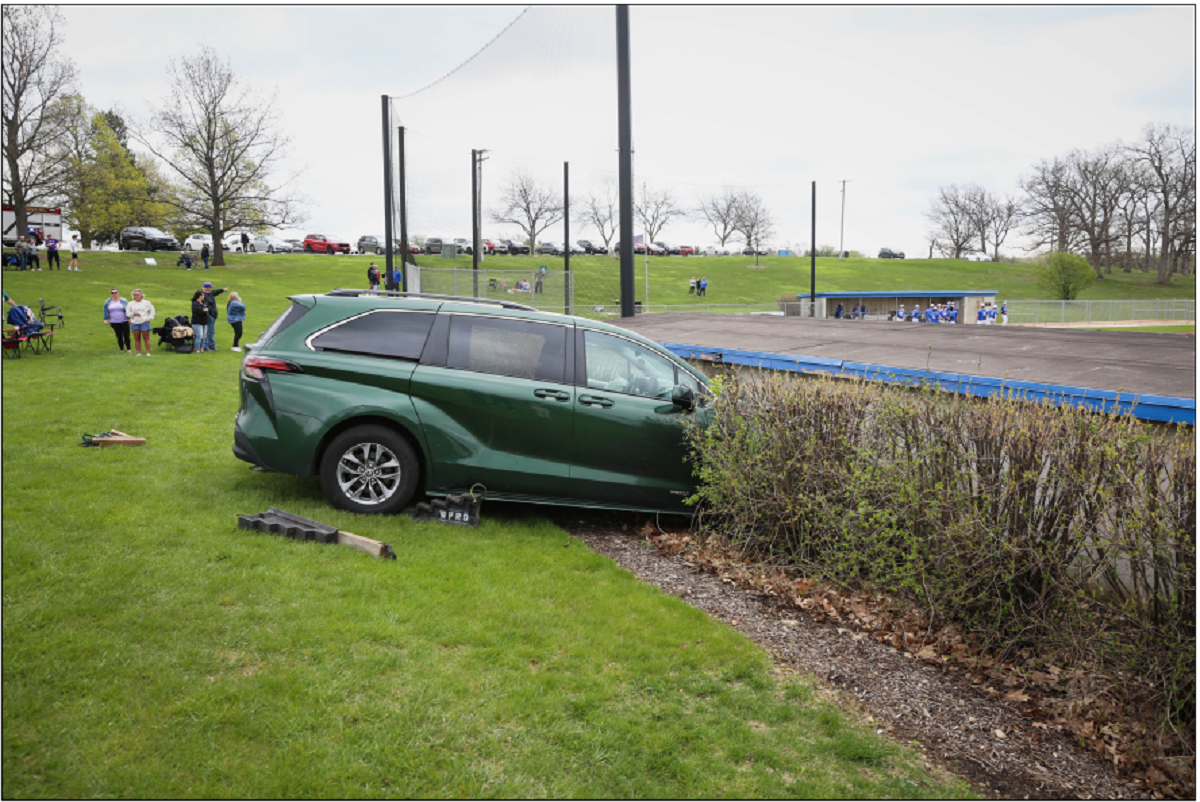
Closing in on the four years since much of the world seemed to shut down during the initial global onset of the COVID-19 pandemic, the Centers for Disease Control and Prevention has dropped the five-day isolation guideline for the virus.
According to the CDC, the guidelines for COVID-19 are now in line with those of influenza, RSV and other respiratory illnesses, advising those feeling sick to stay home and return to work or school after being fever-free for 24 hours.
“Today’s announcement reflects the progress we have made in protecting against severe illness from COVID-19,” CDC Director Dr. Mandy Cohen said. “However, we still must use the commonsense solutions we know work to protect ourselves and others from serious illness from respiratory viruses—this includes vaccination, treatment, and staying home when we get sick.”
The CDC added that the updated recommendations coincide with a significant drop in hospitalizations and deaths due to COVID-19, adding that health care workers have "more tools than ever" to combat COVID-19 and other respiratory viruses.
Feeling out of the loop? We'll catch you up on the Chicago news you need to know. Sign up for the weekly Chicago Catch-Up newsletter here.
The guidance adds that once individuals resume normal activities after illness, precautionary steps should be taken within the first five days of heading back to school or work.
Simple acts such as taking more steps for cleaner air, enhancing hygiene practices, keeping a distance from others, wearing a well-fitting mask and/or getting tested for respiratory viruses.
The Illinois Department of Public Health announced Friday afternoon that they would adopt the CDC's updated guidance, even as respiratory viruses across the state are on the rise due to a jump in flu cases, though COVID-19 cases remain low.
Local
“IDPH appreciates the new guidance from the CDC that streamlines recommendations across respiratory viruses and provides simple, clear and easy to understand steps for those with COVID-19, flu and RSV,” IDPH Director Dr. Sameer Vohra said.
Vohra added that the revised guidance focuses on those who are at the highest risk of serious complications due to infection.
"These new guidelines put the emphasis correctly on protecting those who are most vulnerable to serious illness and hospitalizations. While Illinois is in a better position than we were two months ago, the State is currently experiencing an uptick in our overall respiratory illness level. Individuals 65 and over, those who are immunocompromised, and individuals with chronic medical conditions remain most vulnerable to severe outcomes, and they should continue to use all tools at their disposal to keep themselves protected," Vohra said.
The CDC said these measures are particularly important for individuals over the age of 65 and those with weakened immune systems.
In addition to citing a decrease in hospitalizations and deaths as well as more tools to combat the virus, the CDC also acknowledged that individual states that have loosened isolation guidelines had not seen increased hospitalizations or deaths from COVID-19.
"While it remains a threat, today it is far less likely to cause severe illness because of widespread immunity and improved tools to prevent and treat the disease. Importantly, states and countries that have already adjusted recommended isolation times have not seen increased hospitalizations or deaths related to COVID-19," the statement said.
Additionally, the CDC said that the new guidance gives the agency a unified approach in battling COVID-19, influenza, RSV and other respiratory viruses by having consistent guidelines for each illness.
“The bottom line is that when people follow these actionable recommendations to avoid getting sick, and to protect themselves and others if they do get sick, it will help limit the spread of respiratory viruses, and that will mean fewer people who experience severe illness,” National Center for Immunization and Respiratory Diseases Director Dr. Demetre Daskalakis said. “That includes taking enhanced precautions that can help protect people who are at higher risk for getting seriously ill.”
Though the five-day isolation guideline has been dropped for community settings, existing guidelines remain in place for healthcare settings.



